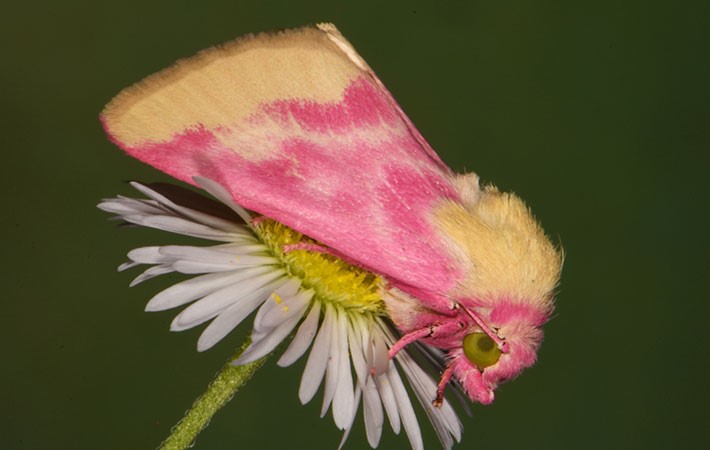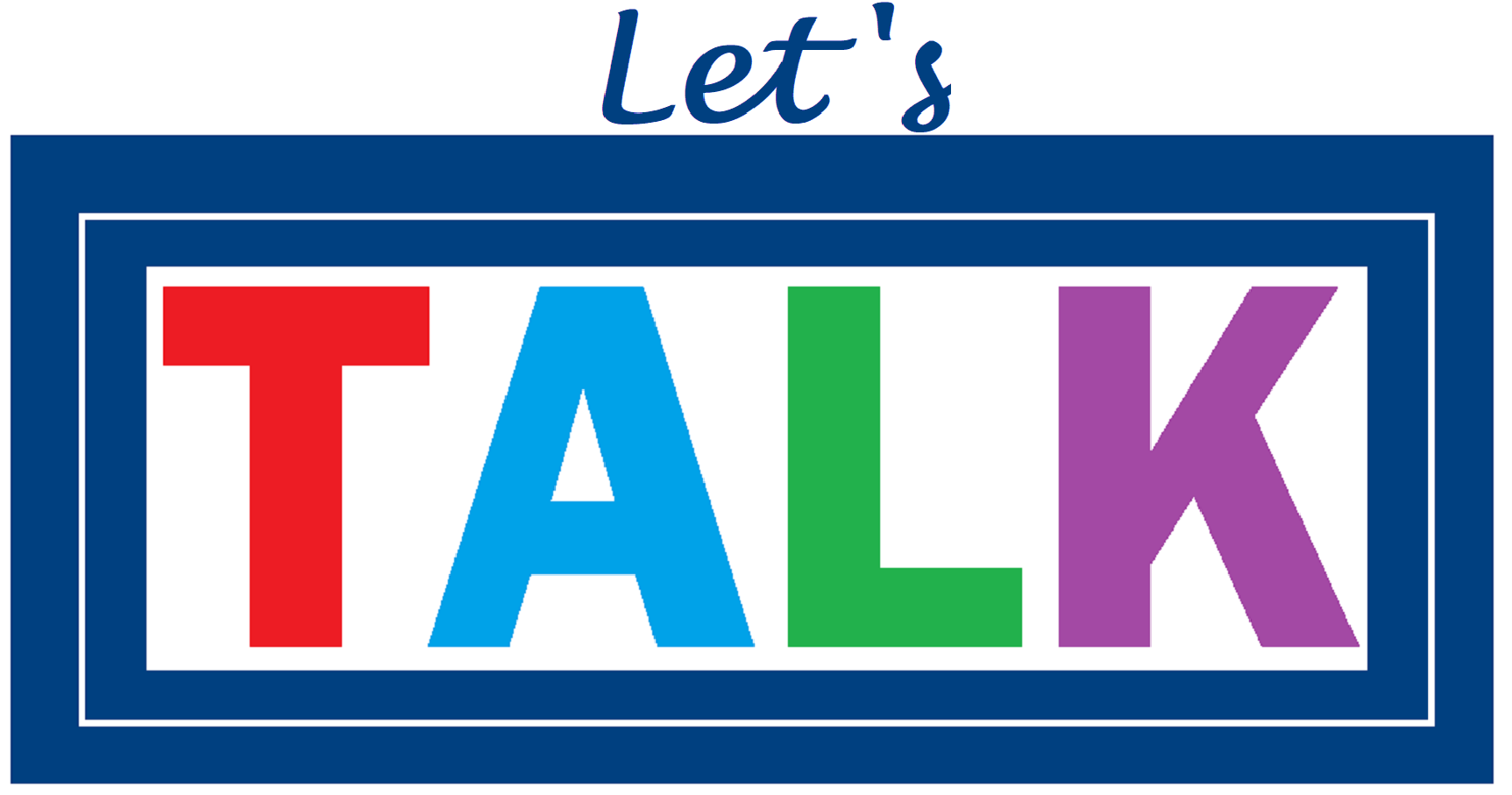By Kristi Vitelli
Last January members of TALK Environment group, together with local gardeners, formed a Pollinator Pathway group in Glastonbury. I attended one meeting and was hooked. Lacking knowledge about native plant gardening I sought out resources and found a webinar presented by Doug Tallamy, a University of Delaware professor of entomology and wildlife ecology. The theme of his talk was “if you plant it, they will come.” The simple message was that if you plant host plants for the pollinators you want to attract to your yard, they will come. Instantly, I was reminded of the Field of Dreams movie with the famous line, whispered by a ghost in the cornfield, “If you build it they will come.” The reference resonated with me because if you plant it, the pollinators will come, and you will have your own Field of Dreams. I worried that few people would remember the reference to a 1989 movie, but ironically I walked into the den one night this summer to find my husband watching a major league baseball game in the middle of a cornfield paying homage to the Field of Dreams movie.
Mr. Tallamy’s webinar emphasized how we need to attract all types of pollinators to our yards, including wild bees, moths, butterflies, hoverflies, wasps, plus non-insect pollinators like birds and mammals who all provide important pollination services for native plants. Native plants and native pollinators are imperative for the conservation of biodiversity and the maintenance of the food web.
I had never pondered growing plants to attract bees and moths because I considered moths to be a nuisance and I am allergic to bees. Turns out, the native bees I need to pollinate my yard do not sting like honeybees. Honeybees, imported from Europe in the 17th century, do not share the same evolutionary history with native plants in North America and are attracted to non-native plants, some of them highly invasive.
Surprisingly, I learned that the insect who contributes most to our ecosystem in terms of sustaining food webs is the caterpillar. Caterpillars transfer more energy from plants to other animals than any other plant eater. They are essential for 96% of breeding birds who feed caterpillars to their young. According to Mr. Tallamy, caterpillars are like a sausage in a wrapper making them easy to stuff down the throat of baby birds. Unlike worms with zero nutrients, caterpillars are full of carotenoids (antioxidants) essential to stimulate the immune system, improve sexual attractiveness, sperm vitality and color vision.
A bird seen frequently in Glastonbury is the little chickadee. This tiny bird needs about 9,000 caterpillars to feed one clutch of chicks until they fledge. That is a lot of caterpillars. The caterpillars preferred by chickadees are found primarily on native elms, oaks and black cherry trees. Lucky for me, I have all three of those trees in my yard and see lots of chickadees.
Another caterpillar host plant in my yard is the Virginia creeper vine. My husband used to yank down this vine as it creeped up the trees in our yard. Then Mr. Tallamy mentioned the fact that cardinals feed their chicks caterpillars found on the Virginia creeper vine. My husband begrudgingly allowed the vine more leeway in our yard this past summer and our cardinal population tripled.
You might resist encouraging caterpillars to come to your yard because you think they will eat your plants. According to Mr. Tallamy, the truth is most caterpillars cannot eat most plants and only eat plants with which they share an evolutionary history. Plants can produce chemicals making their leaves bitter or toxic to prevent them from being eaten. Milkweed is a good example. It is toxic to most caterpillars except the monarch butterfly caterpillar who shared the same evolutionary history with milkweed. Mr. Tallamy challenged the webinar participants to go outside and taste some plants, claiming we would find them distasteful just like caterpillars. Jokingly, he said the same holds true for children who won’t eat their vegetables, because like caterpillars they inherently know they are toxic.
To sustain the food web, we must create landscapes with lots of caterpillars. One way to increase caterpillars is to decrease the size of your lawn, replacing it with native plants. The US has 63 million acres of lawn, which is like a desert to a pollinator. Fortunately, you do not need to remove all your lawn and non-native plants. Studies show that yards containing 30% non-native plants still produce enough caterpillars to support a pollinator food web.
Another step to improving the food web is to remove non-native invasive plants which cannot provide nutrients to pollinators and squeeze out native plants that support pollinators. In their place, you need to plant keystone native plants which support the food web in your yard. The keystone is the top center stone of a bridge providing support necessary to hold up the bridge. Similarly, native plants will support your food web necessary to create your Field of Dreams. You can find native keystone plants on the Native Plant Finder website, https://www.nwf.org/nativeplantfinder.
If you don’t have a yard, then help someone with a yard create a food web for pollinators. Every square inch of the planet has ecological significance. Even containers of native plants on a patio make a difference.
So, find the pollinators you want in your Field of Dreams and plant host plants to attract them. You may see instant results like lots of cardinals, or it may happen very slowly like monarch butterflies. If you want the beautiful Evening Primrose Moth pictured below to come to your Field of Dreams, just plant evening primrose. It is as easy as that.

The members of TALK Environment group seek to promote conversations about environmental topics in our community. If you have a related topic which you are passionate about, please send your ideas and suggestions for future articles to:prez@talk-action.org. All articles are archived on the TALK website https://talk-action.org.
